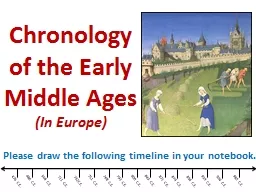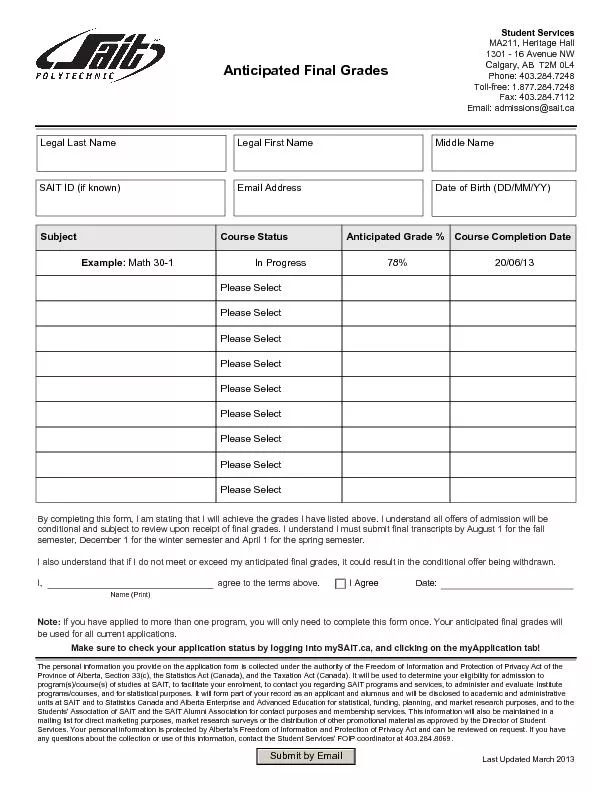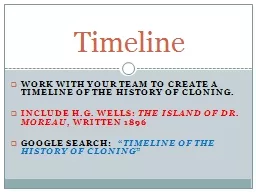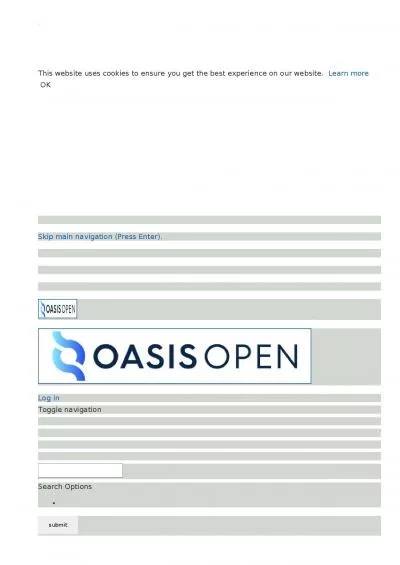PPT-476 C.E.. Please draw the following timeline in your notebook.
Author : natalia-silvester | Published Date : 2018-10-05
Chronology of the Early Middle Ages In Europe 486 CE 768 CE 793 CE 800 CE 843 CE 871 CE 568 CE 711 CE 732CE 751 CE 874 CE 896 CE 919 CE 936 CE 985 CE
Presentation Embed Code
Download Presentation
Download Presentation The PPT/PDF document "476 C.E.. Please draw the following time..." is the property of its rightful owner. Permission is granted to download and print the materials on this website for personal, non-commercial use only, and to display it on your personal computer provided you do not modify the materials and that you retain all copyright notices contained in the materials. By downloading content from our website, you accept the terms of this agreement.
476 C.E.. Please draw the following timeline in your notebook.: Transcript
Download Rules Of Document
"476 C.E.. Please draw the following timeline in your notebook."The content belongs to its owner. You may download and print it for personal use, without modification, and keep all copyright notices. By downloading, you agree to these terms.
Related Documents









![[PDF]-Developer IDE Notebook, EAT. SLEEP. CODE. REPEAT. ,Computer Software Premium: Programmer](https://thumbs.docslides.com/971363/pdf-developer-ide-notebook-eat-sleep-code-repeat-computer-software-premium-programmer-dotted-notebook-6x9-inch-to-do-list-notebook-daily-journal-for-developers-daily-notebook-planner.jpg)

![[DOWLOAD]-Developer IDE Notebook, EAT. SLEEP. CODE. REPEAT. ,Computer Software Premium:](https://thumbs.docslides.com/992274/dowload-developer-ide-notebook-eat-sleep-code-repeat-computer-software-premium-programmer-dotted-notebook-6x9-inch-to-do-list-notebook-daily-journal-for-developers-daily-notebook-planner.jpg)
![[EBOOK] Composition Notebook: Halloween Skull Composition Notebook,| College Ruled Notebook](https://thumbs.docslides.com/1005535/ebook-composition-notebook-halloween-skull-composition-notebook-college-ruled-notebook-lined-journal-100-pages-7-5-x-9-25-notebook-skull.jpg)

